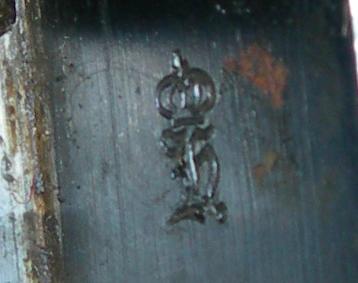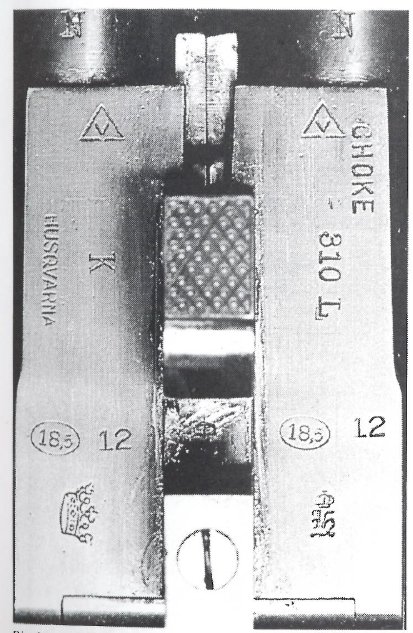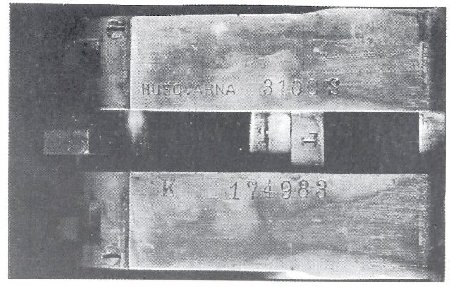|
|
|
Husqvarna shotguns in shortI’m not very fond of Husqvarna shotguns but since I get fairly many questions regarding Husqvarna shotguns from people outside Sweden. Here’s some information you might find useful. But to start with: there are no proof laws in Sweden, never has been any and by the looks of it will never by any either. So there are no valid Swedish proof marks either. The marks you find on a shotgun is made by Husqvarna factory in production as productions marks when the gun was made. Or later when proofed elsewhere. The model is normally marked in the action flats, but not always. Since Husqvarna stopped producing shotguns in 1977 there were a short flush in time when everyone i Sweden should own at least one Husqvarna gun, the prices went up and not so few guns was renovated at the Husqvarna factory or even “upgraded” to a higher grade with the result that there are some guns that has started of as a lower grade, with some strange specifications that doesn’t match the factory records. And one thing you know about Husqvarna is that you just don’t know for sure. The number of guns that is made out of the specifications is unknown, but there are quite a few of those odd guns out there. Guns that according to specifications shouldn’t exist. So there are a lot of guns that is “made to specific order” or later “renovated” that makes the model tricky to point. More details about Husqvarna shotguns can be found in the book: Husqvarna Hagelvapen 1877-1977 - but only in Swedish sorry to say.
Serial numbers for Husqvarna Shotguns
Finishers:
Fitters
Stamps & Proof marks for HusqvarnaThe only mark that one can call “proof mark” on a HVA gun is the stamp for having passed the test made at the factory. It’s a old logo for the factory.
Other stamps that one find is normally the following: 12 or 16 or 20 is the caliber/gauge Numbers as 18,5 is normally the barrel internal diameter in mm
One or two letters from B to Y is the finishers mark, se table above A crown is the stamp for the final check at the factory:
CHOKE normally means full choke on that barrel. Triangle with a V means that the barrel material in the barrel has been worked with in cold state:
Numbers as 1310 or m1310 or m/1310 (or similar corresponding numbers to models) are normally the model, but in some odd cases these can be mistaken for caliber such as for the hammer gun m/20. Example on barrel:
Barrels from a m/310 gun in gauge 12, gun finished by Claes Johansson Example on action flat:
Action flat on a m/310 CS with number 174983, gun finished by Claes Johansson. Note L between the actions flats - that is the mark of the action maker (passare in Swedish). Most of these marks are unknown today, at least by me. A funny one of these are called “the dot” (punkten in Swedish) since his mark was just a dot. Chamber-lengthHusqvarna was one of the first companies that to adopt to 2 3/4” (or 70mm) chamber length as early as 1937, as a general rule all guns after 165 000 have the longer chamber - some guns before might be 2 3/4” but most are 2 ½”. ChokeAs many older guns older Husqvarna - before 1960’s - are normally heavily choked and normally performs best with Eley GrandPrix or other cartridges with fibre or paper wad. Modern cartridges with plastic wad might give extremely tight and uneven pattern. Quality and other thingsThe golden rule for Husqvarna when it comes to quality is “as early as possible, and as high grade as possible”. A 310 is almost in every aspect better than the later models. A C-grade gun is better than a A-grade gun, it’s not only engraving that differs. But never the less - Husqvarna is rather German in their style, so one should not expect the guns to be lively in their characteristics. The barrels are normally rather heavy which give a rather slow but stable swing.
Copyright 2011 © shotguns.se Last update: 2011-09-04 |





